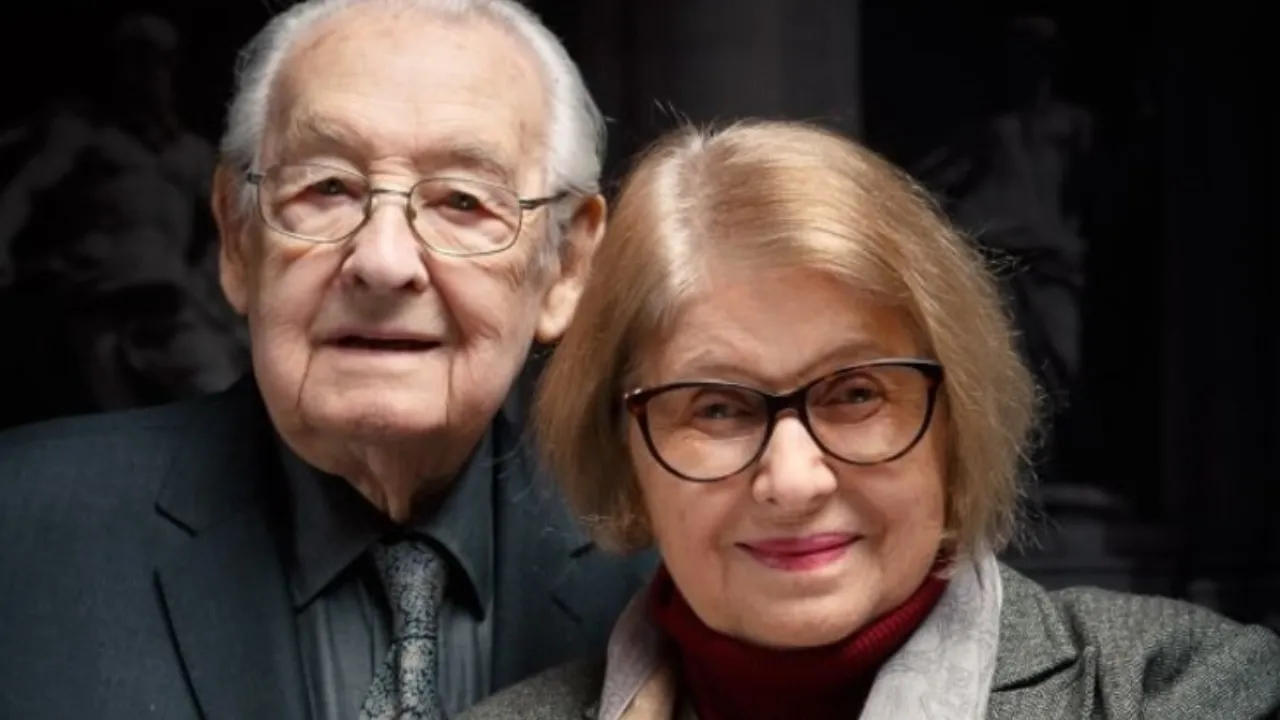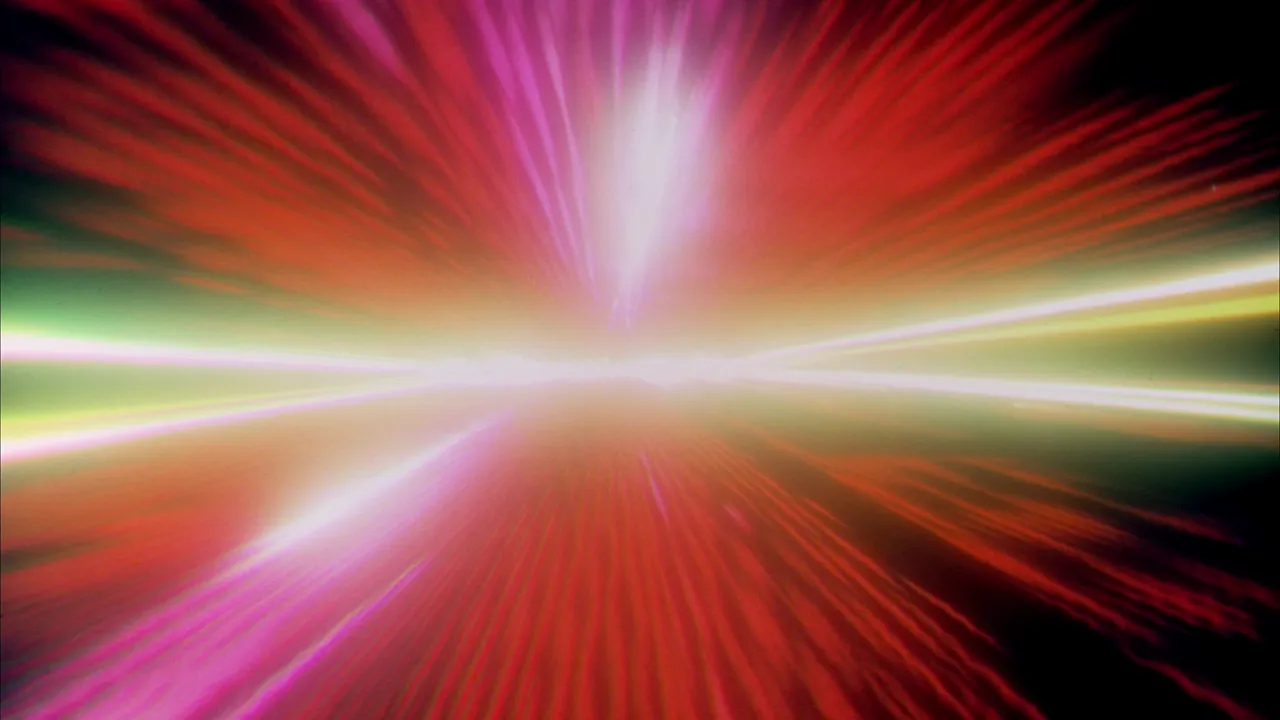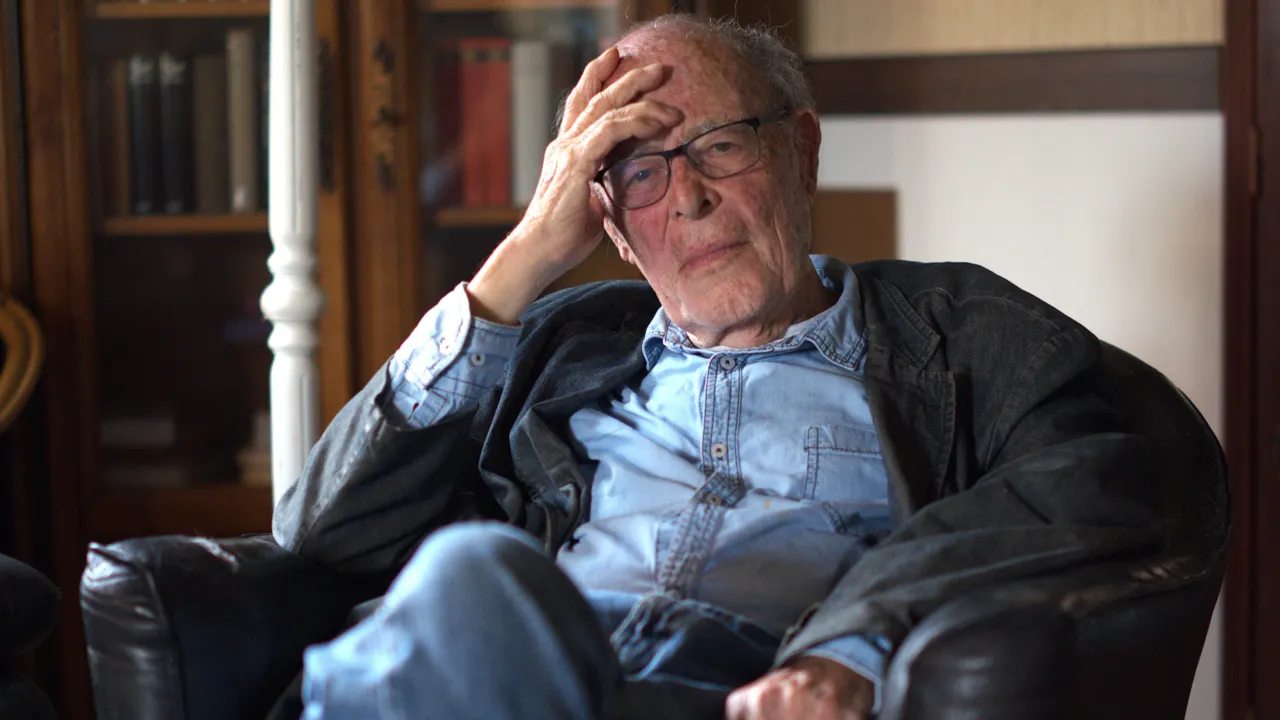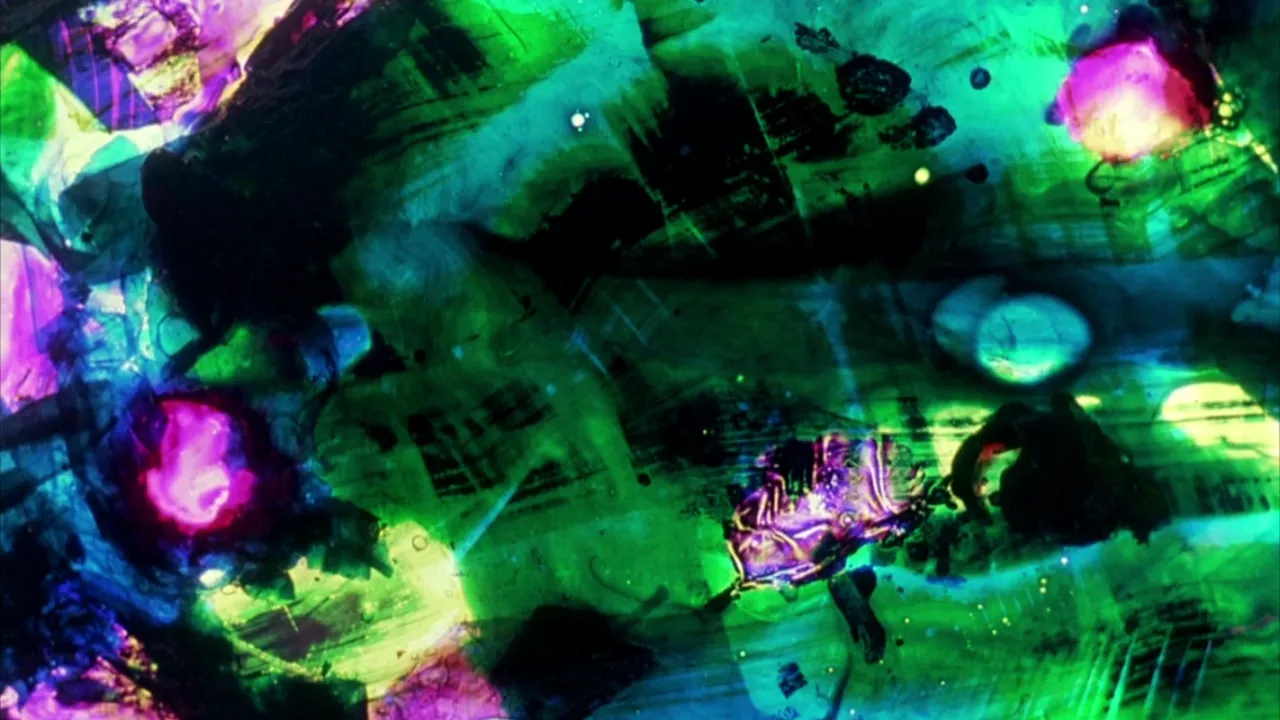Please update your browser
Your current browser version is outdated. We recommend updating to the latest version for an improved and secure browsing experience.
The All-Seeing Eye
Dziga Vertov and editor Elizaveta Svilova demonstrate the fundamental principles of montage in this section of Man with a Movie Camera (Vertov, 1929).
The Creative Hand
Both the explosive potential and the rich creative possibilities of montage are exemplified by the Odessa Steps sequence in Battleship Potemkin (Sergei Eisenstein, 1925).
The Classical Hollywood System
Alfred Hitchcock's Rear Window (1954) is a consummate demonstration of the nuances of Classical Hollywood editing.
Ozu and The Mysteries of the Vase
The "still life" montages of Late Spring (Yasujirō Ozu, 1949, clip), Spring in a Small Town (Fei Mu, 1948), and A City of Sadness (Hou Hsiao-hsien, 1989) subtly rework traditional shot/countershot.
Mystery and Mechanism in Dreyer and Bresson
The Passion of Joan of Arc (Carl Theodor Dreyer, 1928, clip) was made at the height of the silent period, at a moment when the artistic possibilities of the medium seemed endless, while Robert Bresson’s The Trial of Joan of Arc (1962) was released just as art cinema was entering its period of greatest international prominence. These complementary films epitomize the reinvention of montage and shot/countershot by rigorous filmmakers.
The Creative Geographies of The Godfather
The audacious baptism montage of The Godfather (Francis Ford Coppola, 1972) extends the principles of parallel editing in startling new directions.
Abel Gance's Polyvision
According to Abel Gance, the triptych sequences of Napoleon (Abel Gance, 1927) were the harbinger of a new form of multi-screen montage he called Polyvision.
Godard's Montage Images
In this characteristically dense section from the penultimate section of the eight-part Histoire(s) du cinéma (The Control of the Universe, 4A, 1998), Jean-Luc Godard elucidates the montage approach of Alfred Hitchcock and demonstrates his own.
Tarkovsky's Mirrors
Although Andrei Tarkovsky often tried to dissociate himself from Soviet montage, his Mirror (1975) is among cinema's most radical reworkings of its principles.
Montage, Movement, and the Spaces of Memory
Films like In the Mood for Love (Wong Kar-Wai, 2000) demonstrate an innovative approach to movement, framing, and editing that develops established paradigms in new directions.
Montage
Scroll to explore the exhibition
Montage
- The Invention of Montage
- Variations on Shot/Countershot
- Adventures of Perception
-
The Invention of Montage
-
Variations on Shot/Countershot
-
Adventures of Perception
Montage
The Invention of Montage
The All-Seeing Eye
Dziga Vertov and editor Elizaveta Svilova demonstrate the fundamental principles of montage in this section of Man with a Movie Camera (Vertov, 1929).
The Creative Hand
Both the explosive potential and the rich creative possibilities of montage are exemplified by the Odessa Steps sequence in Battleship Potemkin (Sergei Eisenstein, 1925).
Variations on Shot/Countershot
The Classical Hollywood System
Alfred Hitchcock's Rear Window (1954) is a consummate demonstration of the nuances of Classical Hollywood editing.
Ozu and The Mysteries of the Vase
The "still life" montages of Late Spring (Yasujirō Ozu, 1949, clip), Spring in a Small Town (Fei Mu, 1948), and A City of Sadness (Hou Hsiao-hsien, 1989) subtly rework traditional shot/countershot.
Mystery and Mechanism in Dreyer and Bresson
The Passion of Joan of Arc (Carl Theodor Dreyer, 1928, clip) was made at the height of the silent period, at a moment when the artistic possibilities of the medium seemed endless, while Robert Bresson’s The Trial of Joan of Arc (1962) was released just as art cinema was entering its period of greatest international prominence. These complementary films epitomize the reinvention of montage and shot/countershot by rigorous filmmakers.
The Creative Geographies of The Godfather
The audacious baptism montage of The Godfather (Francis Ford Coppola, 1972) extends the principles of parallel editing in startling new directions.
Adventures of Perception
Abel Gance's Polyvision
According to Abel Gance, the triptych sequences of Napoleon (Abel Gance, 1927) were the harbinger of a new form of multi-screen montage he called Polyvision.
Godard's Montage Images
In this characteristically dense section from the penultimate section of the eight-part Histoire(s) du cinéma (The Control of the Universe, 4A, 1998), Jean-Luc Godard elucidates the montage approach of Alfred Hitchcock and demonstrates his own.
Tarkovsky's Mirrors
Although Andrei Tarkovsky often tried to dissociate himself from Soviet montage, his Mirror (1975) is among cinema's most radical reworkings of its principles.
Montage, Movement, and the Spaces of Memory
Films like In the Mood for Love (Wong Kar-Wai, 2000) demonstrate an innovative approach to movement, framing, and editing that develops established paradigms in new directions.




































































